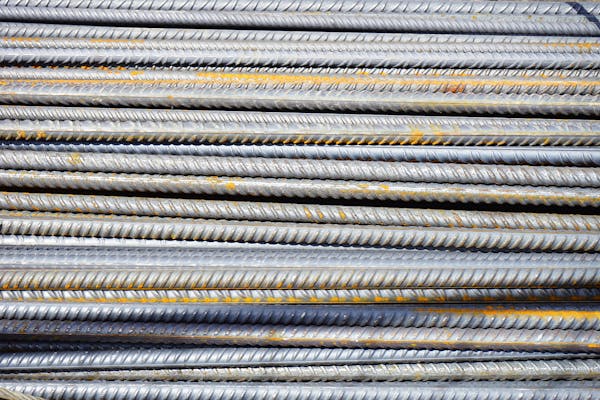The construction industry is increasingly embracing sustainability as a core principle, recognizing the environmental impact of traditional building materials and methods. As the world shifts towards greener practices, the demand for sustainable materials in construction is growing. These materials not only reduce the carbon footprint but also enhance the durability and efficiency of buildings. In this article, we will explore some of the most sustainable materials used in modern construction, highlighting their benefits and applications.
Bamboo: The Renewable Resource
Bamboo is one of the most sustainable building materials available, known for its rapid growth and versatility. Unlike traditional timber, which takes decades to mature, bamboo can be harvested within three to five years, making it a highly renewable resource. Bamboo’s strength and flexibility make it suitable for a wide range of construction applications, from flooring and wall panels to structural elements such as beams and trusses. Additionally, bamboo’s natural resistance to pests and moisture reduces the need for chemical treatments, further enhancing its sustainability credentials. Its lightweight nature also simplifies transportation and handling, reducing the carbon footprint associated with its use. With proper treatment, bamboo can be incredibly durable, making it an attractive alternative to more conventional building materials.
Rammed Earth: Ancient Technique, Modern Application
Rammed earth construction is an ancient building technique that has seen a resurgence in modern sustainable architecture. This method involves compacting a mixture of earth, sand, and clay into a mold to create solid walls. Rammed earth offers excellent thermal mass, providing natural insulation and reducing the need for additional heating or cooling systems.
Hempcrete: Lightweight and Insulating
Hempcrete, made from the woody core of the hemp plant mixed with a lime-based binder, is gaining popularity in sustainable construction. This lightweight material is an excellent insulator, regulating indoor temperatures and reducing energy consumption. Additionally, hempcrete is carbon-negative, meaning it absorbs more carbon dioxide than it emits during its production and use.
Reclaimed Wood: Giving Timber a Second Life
Reclaimed wood is salvaged from old buildings, barns, and other structures, giving it a new purpose in modern construction. This practice reduces the demand for new timber and prevents waste from ending up in landfills. Reclaimed wood adds character and history to buildings, making it a popular choice for flooring, furniture, and decorative elements. Each piece of reclaimed wood is unique, often featuring weathered textures, nail holes, and other imperfections that tell a story.
Recycled Steel: Strength and Sustainability
Steel is a fundamental material in construction, known for its durability and strength. Using recycled steel and professional stainless polishing reduces the need for new steel production, which is highly energy-intensive and emits significant greenhouse gases. Recycled steel retains the same properties as new steel, making it an excellent choice for structural frameworks and reinforcements. The process of recycling steel involves melting down scrap steel and purifying it, which consumes significantly less energy than producing new steel from iron ore. This not only conserves natural resources but also lowers overall carbon emissions. As a result, recycled steel is an excellent choice for projects seeking to minimize their environmental footprint while maintaining high structural integrity.
Recycled Plastic: Turning Waste into Value
Plastic waste is a significant environmental problem, but it can be transformed into valuable construction materials. Recycled plastic can be used to create durable and weather-resistant building components, such as decking, roofing tiles, and insulation. By repurposing plastic waste, the construction industry can contribute to reducing pollution and conserving natural resources.
Straw Bales: Natural Insulation
Straw bales are another eco-friendly material gaining traction in sustainable construction. These bales are used to create highly insulated walls that provide excellent thermal performance. Straw is a renewable resource, and using it in construction helps to sequester carbon dioxide, making it a carbon-neutral or even carbon-negative building option.
The shift towards sustainable construction materials is crucial for reducing the environmental impact of the building industry. Materials like bamboo, recycled steel, rammed earth, hempcrete, reclaimed wood, recycled plastic, and straw bales offer viable alternatives to traditional building materials, promoting energy efficiency, durability, and resource conservation. As the demand for eco-friendly construction continues to grow, these sustainable materials will play an essential role in shaping the future of architecture and building practices. By embracing these innovations, we can build a more sustainable and resilient world.





